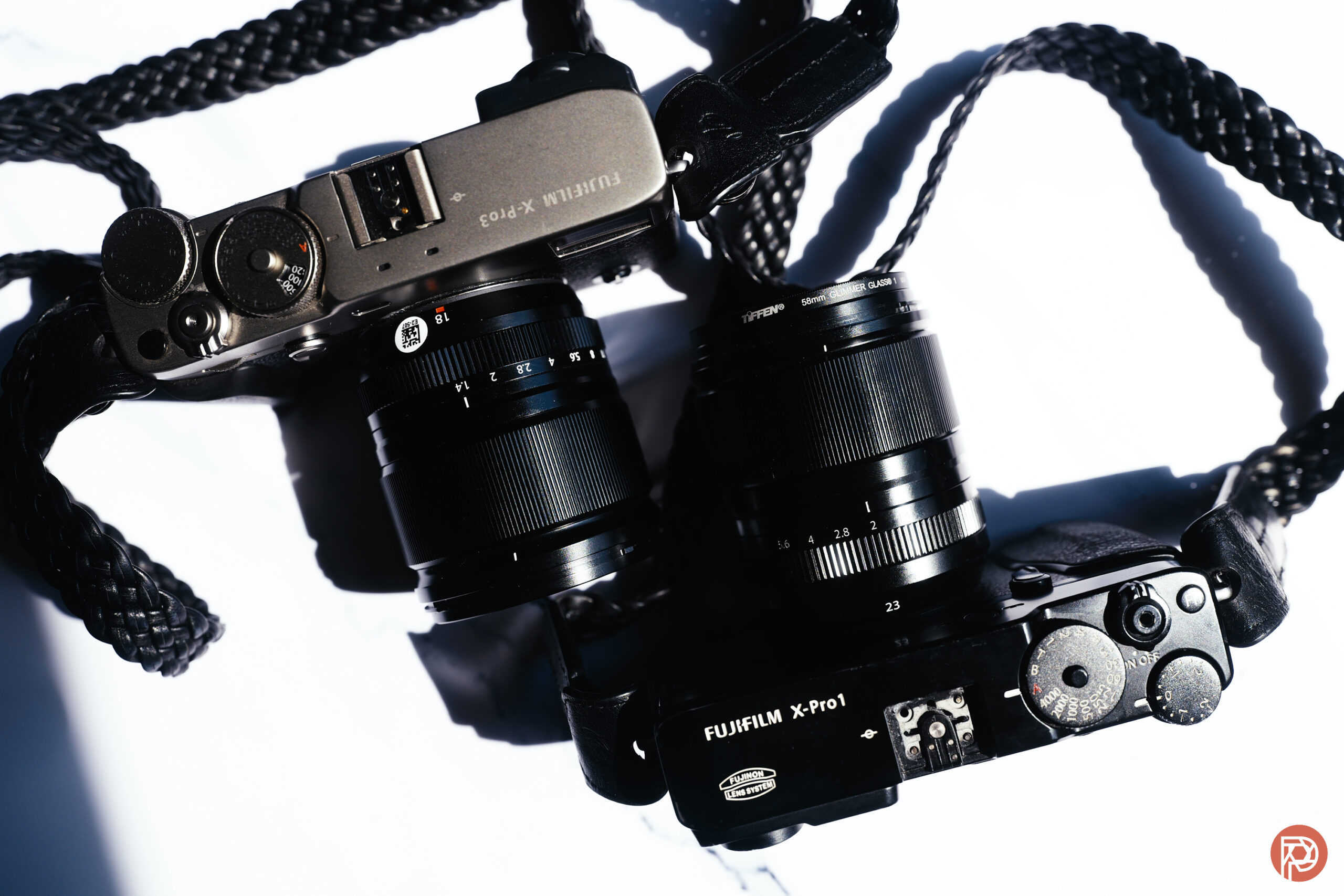“The grass is greener where you water it” is one of the best quotes I’ve ever heard and one of the truest things about photography gear. It started when I thought about a comparison around the Fujifilm 18mm vs Fujifilm 23mm. I’ve been a Fujifilm user since the beginning, and I yearn for the ergonomics and feel of the older R lenses. Fujifilm’s newer lenses just haven’t cut it all the same. Yet despite this, the Fujifilm 23mm f1.4 R WR is my most used lens these days. When I called the Fujifilm 18mm f1.4 R WR back in for a comparison, I realized my mistake.
Fujifilm 18mm vs Fujifilm 23mm Ergonomics
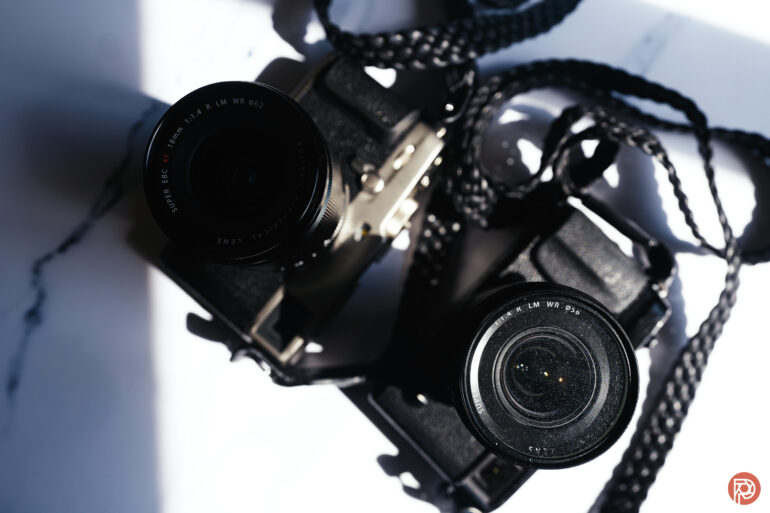
Comparing the specs of the Fujifilm 18mm and 23mm f1.4 on paper, the 18mm seemed like it would feel so much better in my hands. It’s shorter and fatter than the 23mm, which is tall and thin. When it came in, I really did like it more than the 23mm — but only slightly. Nothing can compare to the Fujifilm 16mm f1.4 R WR — which feels the best of any Fujifilm lens I’ve used. In this case, the debate between the Fujifilm 18mm vs Fujifilm 23mm is clearly handed to the 18mm.
That’s to say that just by holding the two lenses, the 18mm felt much more right. And as I always say — if the image quality is great, but I don’t want to bring the product with me, what’s the use? It will make no images because the ergonomics just aren’t there. This is what I often say about both Sony and Canon gear.
Autofocus
Both lenses autofocus very quickly and overall really perform very well. They’re both made of metal and weather resistant too. One renders a 28mm field of view, while the other is more of a 35mm field of view. Of course, they both appeal to different shooters — but only slightly so. With all this said, we should address a bit of an elephant in the room: the removal of the zone-focusing scale. Fujifilm did this to optimize it for autofocus performance instead. Indeed, Fujifilm has had a major issue with autofocus for years. However, this problem had more to do with their cameras than their lenses. With that said, I truly wish that the depth-of-field scale would return.
If this is a concern of yours, then know that in the battle of the Fujifilm 18mm vs Fujifilm 23mm, they’re both comparable — very much so.
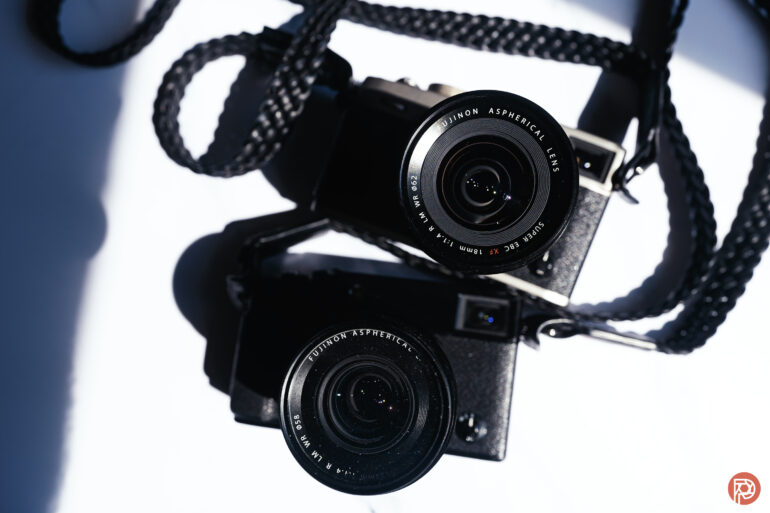
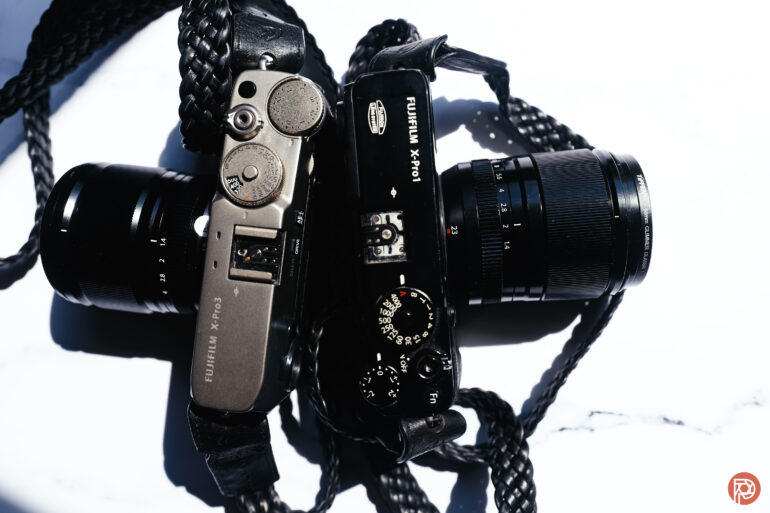
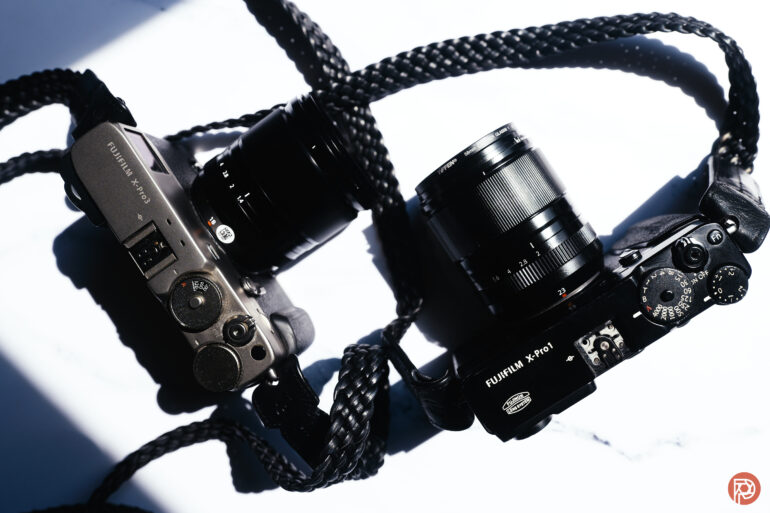
Where It Really Matters
So far, so good: but one big thing really made me miss my 23mm f1.4 R WR when using the 18mm — and that is the image quality. By far, the 23mm and 33mm f1.4 lenses have better image quality and a better look than the 18mm.
That’s not to say that I don’t like a 28mm field of view. But I’m the owner of the Leica 28mm f2 SL Apochromatic lens — which is arguably one of the single best I’ve ever used, along with both the Leica 28mm f1.4 M and Nikon 28mm f1.4 E ED. While Fujifilm’s lenses deliver a beautiful look, the 18mm f1.4 R WR is not matching those three 28mm lenses.
The grass is greener where you water it — and with that said, I’ve been using the 23mm f1.4 R WR for a while and it has made far better images. I define better in various ways. I like the balance of bokeh and in-focus areas that are sharp. It has been with me for a long time, and it makes images that are aesthetically pleasing to me when I go to do fun stuff.
With all this said, I truly wish that Fujifilm made a lens that’s both aesthetically pleasing, and that delivers beautiful image quality with the balance that I’d like. In this battle between the Fujifilm 18mm vs Fujifilm 23mm, the 23mm won my heart.
I wouldn’t buy the Fujifilm 18mm f1.4 R WR lens to have alongside my 23mm. It would go unused. But it sure feels better than the 23mm in my hands. It’s a pity that Fujifilm couldn’t make them similarly. Tamron and a few other lens brands make an entire series of lenses that have the same filter thread and overall size. Sure, Fujifilm has that with their f2 primes. But we should really have it with the f1.4 primes too.


